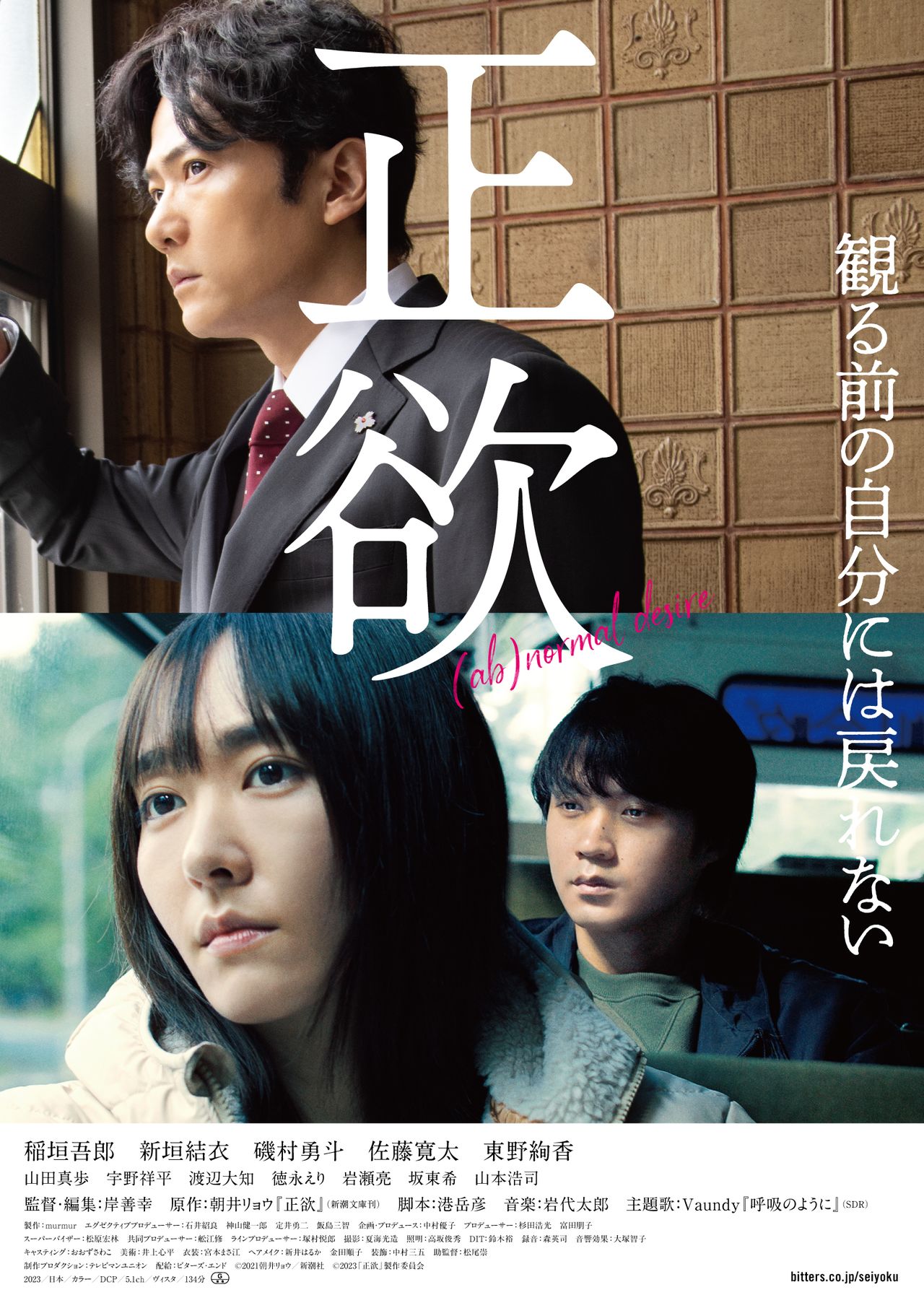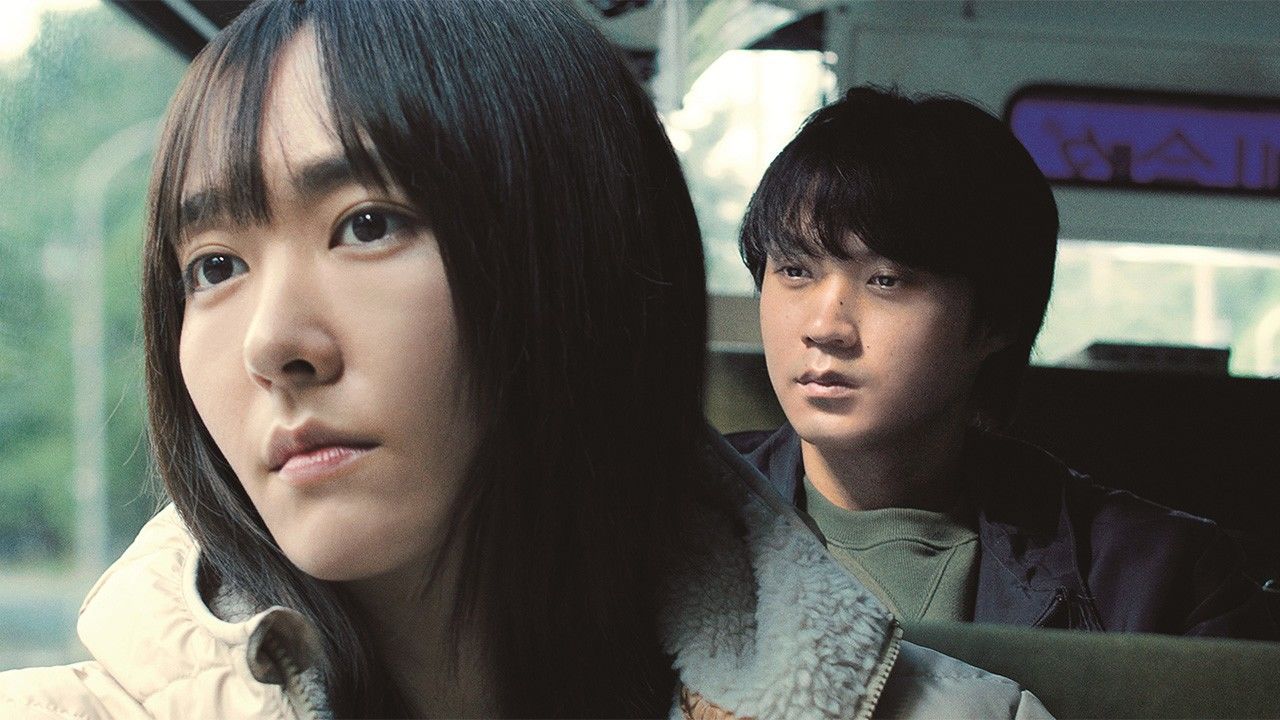
Lonely Souls Cross Paths in “(Ab)normal Desire”
Cinema- English
- 日本語
- 简体字
- 繁體字
- Français
- Español
- العربية
- Русский
In 2009, novelist Asai Ryō won the the Shōsetsu Subaru Prize with his debut novel Kirishima, bukatsu yamerutte yo at the age of 20; the book was later adapted into the film The Kirishima Thing. In 2013, his novel Nanimono (Someone) won the Naoki Prize, and he celebrated 10 years as an author with Seiyoku ((Ab)normal Desire). It hit shelves in March 2021, and in September of 2022 the film version was announced.
(Ab)normal Desire is the fifth work of Asai’s to make the big screen. Director Kishi Yoshiyuki and screenwriter Minato Takehiko of 2017’s Wilderness team up again for the new film.
Squeezing a 500-page novel into 134 minutes of film naturally means many elements of the book had to be cut, but the choice over those cuts shows carefully thought-out consistency. The story centers on five people, and the film shines in its ability to stay focused on their immediate surroundings without wandering too far. A novel must often dig deep into backgrounds to create a complete picture of every character, even peripheral ones, in the reader’s head. In a film, though, in some cases all it needs to do is show them on screen. A well-judged balance of those extremes can bring out the perfect contrast between characters.
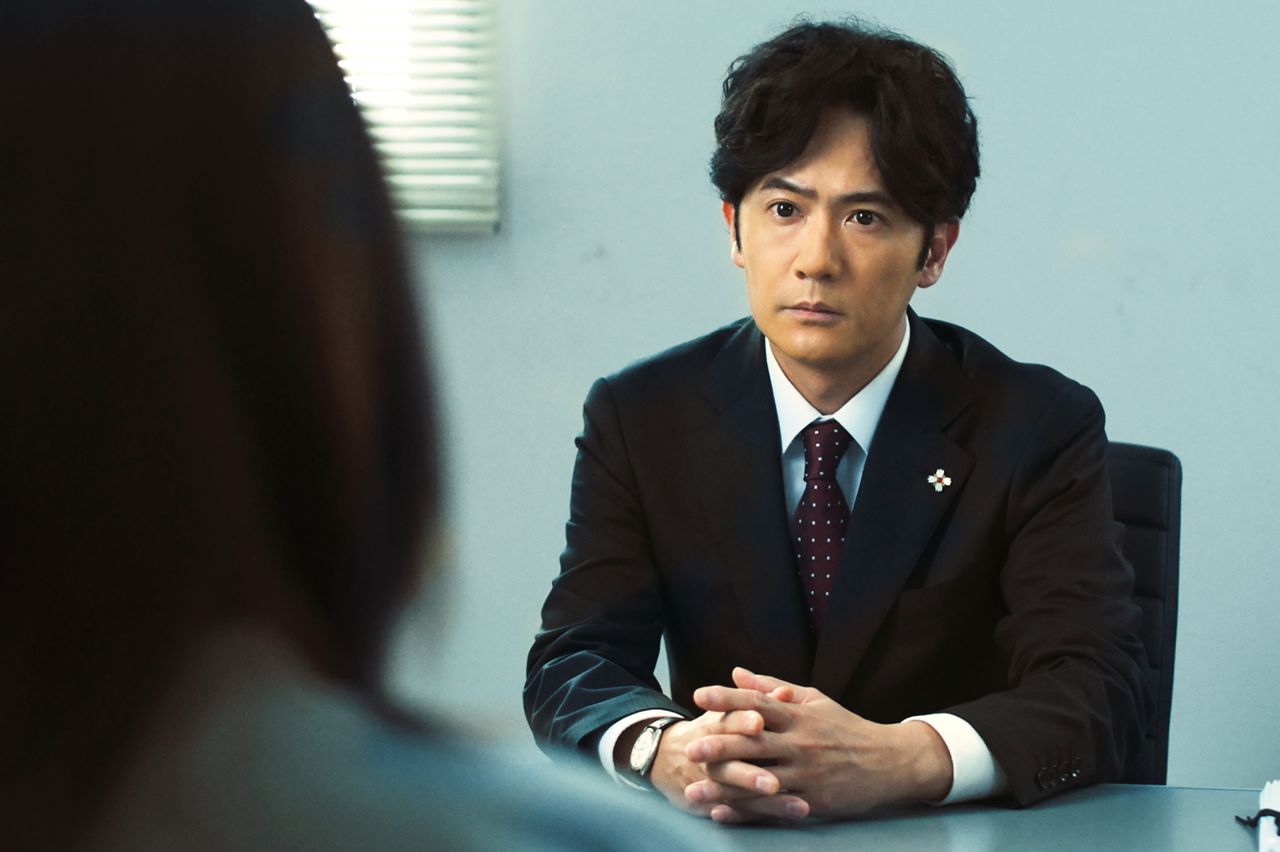
Terai Hiroki (played by Inagaki Gorō) is a prosecutor with the Yokohama Public Prosecutors Office. (© 2021 Asai Ryō/Shinchōsha; © 2023 (Ab)normal Desire production committee)
A Truly Timely Ensemble Piece
Introducing the five main characters in order, we start with Sasaki Yoshimichi, played by Isomura Hayato. In the novel, his name appears in the beginning, but he only takes a central role from partway through. In the film, though, he is there from the beginning. He is an inoffensive if somewhat absentminded company employee, and clearly lonely. The story begins with his voiceover as he sits eating lunch alone in the company cafeteria. It is a monologue, but somehow also feels like he is talking to a close friend.
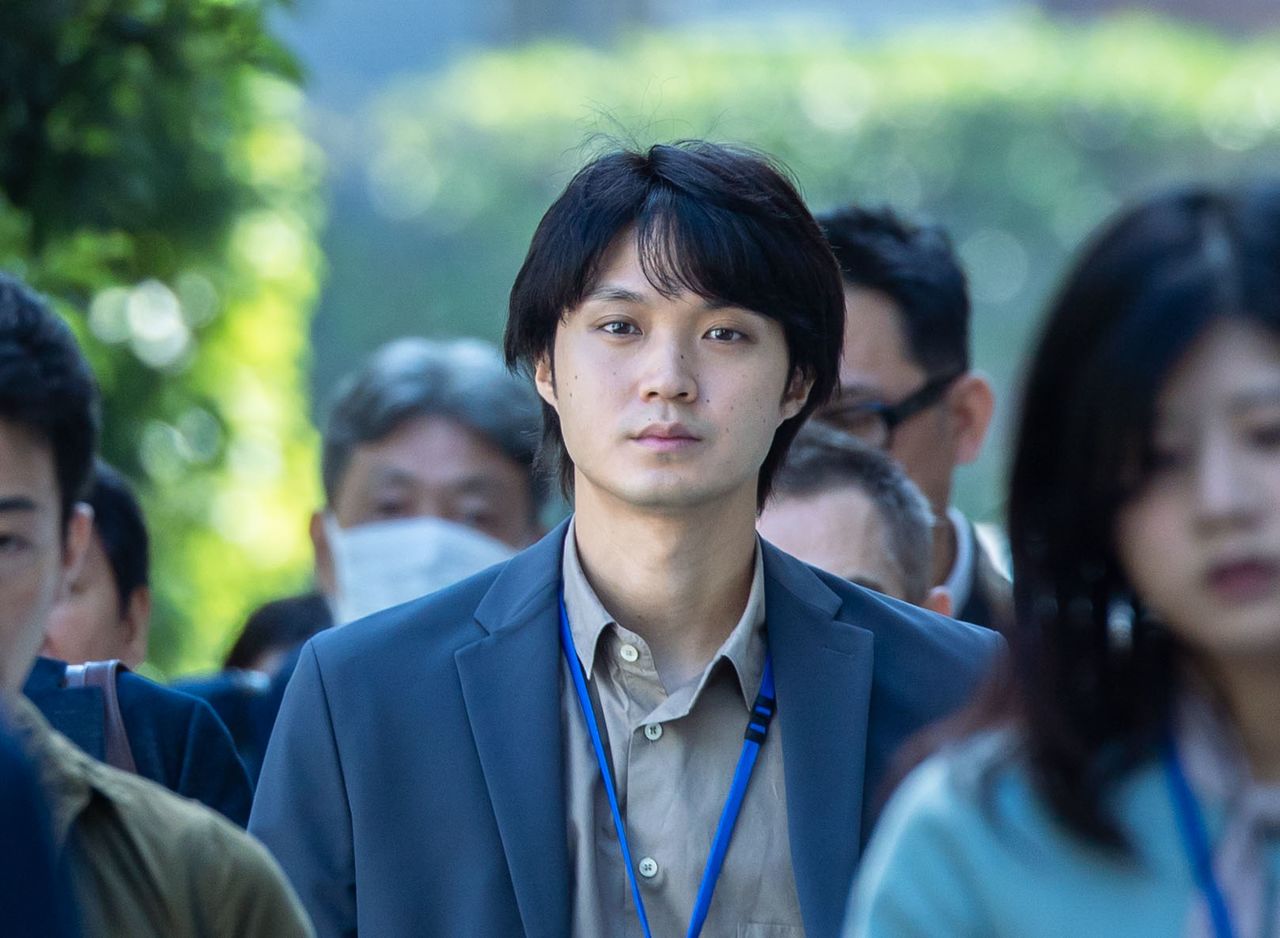
Sasaki (Isomura Hayato) feels removed from the world. (© 2021 Asai Ryō/Shinchōsha; © 2023 (Ab)normal Desire production committee)
Sasaki has grown up unable to fit in with a world where everyone else seems to live normally. There is only one thing that he finds gives him comfort, but he has given up trying to share his interest with anyone else. Even so, he has managed to live life with a bare minimum of compromise by never asserting himself and by avoiding drawing attention to his differences. Then, one day he receives a message that makes him leave his long-time home of Yokohama to return to his hometown of Fukuyama, Hiroshima Prefecture.
Next is Kiryū Natsuki, played by Aragaki Yui. She lives at home while working at a bedding store at a Fukuyama shopping mall. She finds herself rebelling against the enforced norm of getting married and having children that seems to always assail her: at work and at home, listening to the radio in the car, or even during chance meetings with friends from school. Her one pleasure is sitting alone in her room after work watching videos about a certain thing. It allows her to recall high school days and lose herself in a rapturous reverie.

Saori, a pregnant woman working in another mall shop, follows Kiryū Natsuki (Aragaki Yui, at right) around. (© 2021 Asai Ryō/Shinchōsha; © 2023 (Ab)normal Desire production committee)
Former SMAP member Inagaki Gorō plays Terai Hiroki, a Yokohama public prosecutor who lives with his wife and elementary-school aged son, Taiki. Taiki has stopped going to school under the influence of a child YouTuber, and now insists that there are other routes to education than school. Hiroki, as befits his profession, approaches the problem with logical argument, but his efforts are frustrated by his son starting a YouTube channel with a friend he met at a nonprofit event for dropouts.
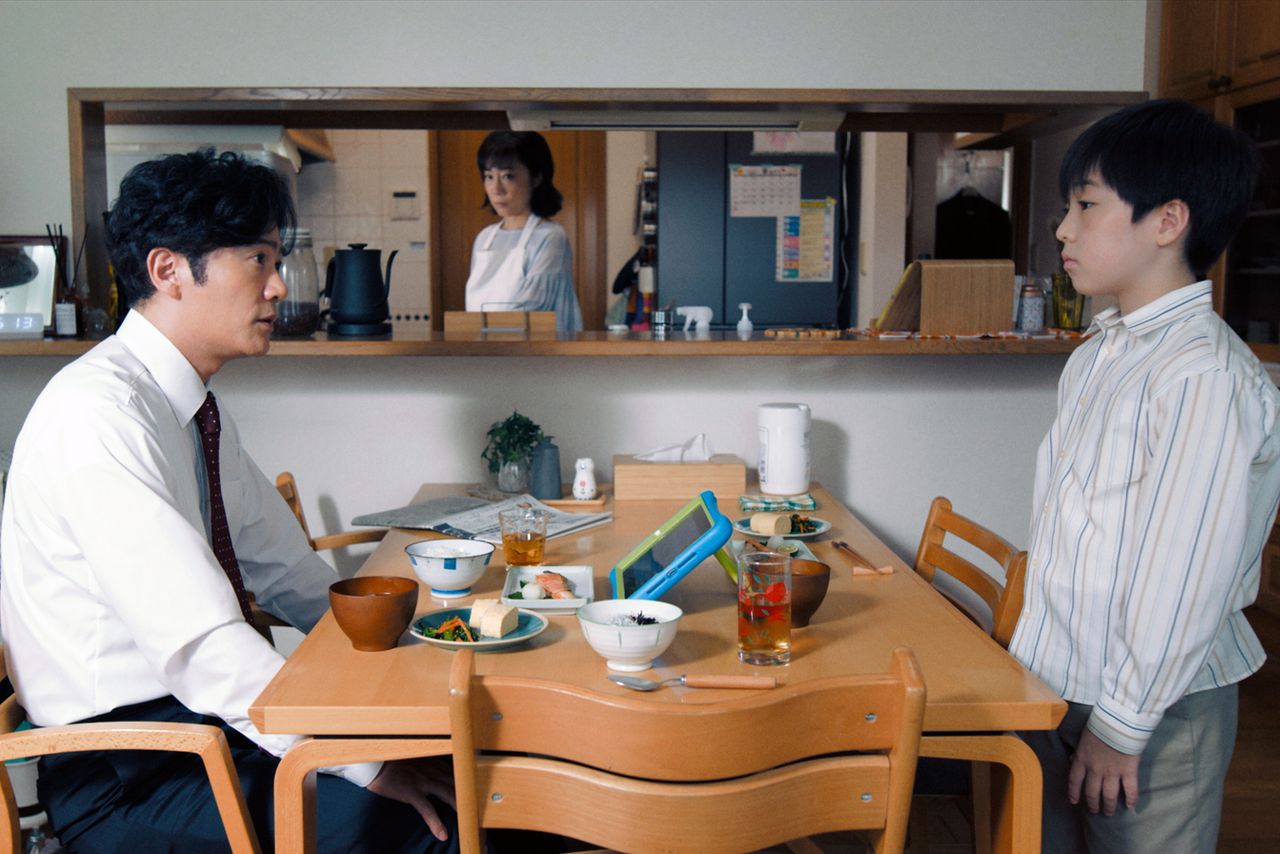
Hiroki lectures his dropout son Taiki about the value of school. (© 2021 Asai Ryō/Shinchōsha; © 2023 (Ab)normal Desire production committee)
Kanbe Yaeko, played by Higashino Ayaka in her big screen debut, is a university student. She serves on a campus festival executive committee and is planning on changing the usual Miss and Mister contests into a Diversity Festival. A past traumatic experience now means the slightest contact with men causes her to hyperventilate. Though her role is not as major as in the novel, it deeply influences the fifth person’s behavior.
That fifth person is Morohashi Daiya, played by Satō Kanta. He attends the same university as Kanbe and is a member of the dance club. Morohashi becomes more prominent from the middle of the story, and he directly challenges the simplistic understanding of “diversity” that society holds. Despite his reserved demeanor, he addresses the narrative’s central theme more than any other character by questioning what constitutes “normal desire.”
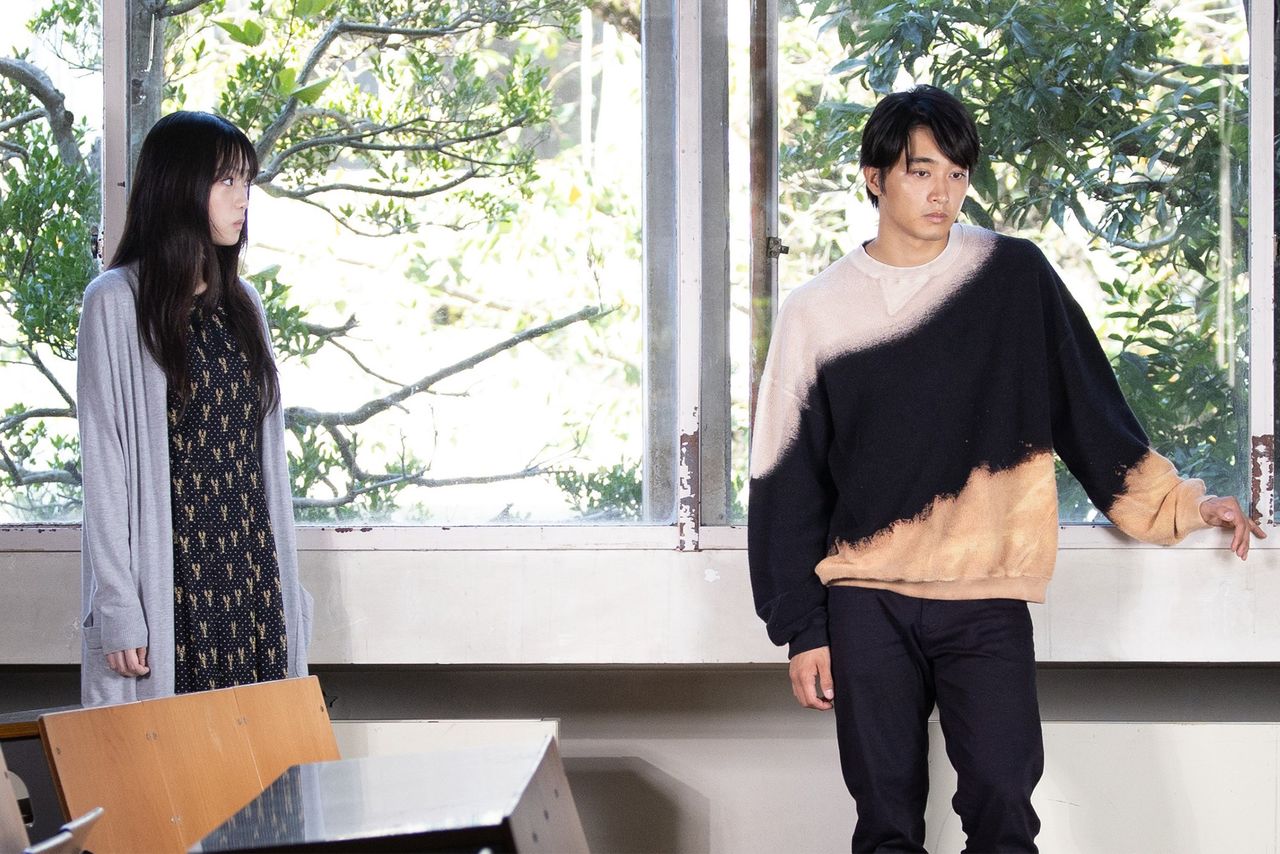
Morohashi (Satō Kanta) (at right) trying to avoid Kanbe Yaeko (Higashino Ayaka). (© 2021 Asai Ryō/Shinchōsha; © 2023 (Ab)normal Desire production committee)
The Extremes of Loneliness and Desire
This is how the ensemble format builds its narrative, but the early and middle stages of the story do nothing less than build a detailed portrait of contemporary Japanese society. It addresses buzzwords like diversity, inclusion, empowerment—the kinds of things that experts describe in fancy terms, but do not accurately convey the harsh realities lived by people in real life.
In the film, the taxis are filled with advertisements for English language schools. The rural conveyor-belt sushi chains are filled with people just trying to fill their bellies sitting next to couples filming videos trying to make TV-style gourmet reports. Everyone is dressed perfectly, chats lightheartedly while avoiding any meaningful topics, scrutinizes others’ behavior, and takes care not to deviate from what is “normal.”

Hiroki’s wife Yumi comes to depend on Ukon, who kindly helps her son with his video streams. (© 2021 Asai Ryō/Shinchōsha; © 2023 (Ab)normal Desire production committee)
Yet behind all that there are people struggling with alienation and unable to be open about it, like children dropping out of school, people who reject the spoken and unspoken pressure to marry and have children, or are averse to sex, or struggle with guilt over being in a sexual minority. Those people are hiding desires that they cannot share. (Ab)normal Desire is the story of such people, who struggle with endless loneliness and desire.
As the story progresses, the five characters draw closer in unexpected ways. Of the five, only Hiroki is free of internal conflict. That is because he believes the world of laws that he inhabits is the proper one, although in truth all he has done is learn to ignore his own loneliness and desire. He has grasped the system of human society and sees those outside that system as “buggy.” The other four all struggle with the difficulties of life precisely because they do not think they are normal, even as they do their best to survive.

Koshikawa (at right), Hiroki’s subordinate at the prosecutors’ office, describes an unusual past case. (© 2021 Asai Ryō/Shinchōsha; © 2023 (Ab)normal Desire production committee.
Audience members’ reactions to the words and deeds of the five main characters will likely range from discomfort to dislike, from pleasure to empathy. There are times that will be difficult to sit through, moments of powerful shock, and deeply moving scenes. Between the feelings of hopelessness, there are moments of incredible liberation. One thing that the whole film shares—the script, the production, and the action—is an honesty about human emotion, free from exaggeration.
Asai Ryō cut deep into the hidden layers of society and stretched his imagination to weave the intricate story of (Ab)normal Desire. This film triumphs over the desire to get trapped in the original’s details and achieves authenticity through its dedication to simplicity. At the same time, it excels at offering cinematic production in scenes that the book did not have. At 134 minutes, it does not feel long. Indeed, it creates a rare time when the characters and audience seem to engage in silent communication through the screen.

(© 2021 Asai Ryō/Shinchōsha; © 2023 (Ab)normal Desire production committee)
Trailer (Japanese)
(Originally published in Japanese on November 11, 2023. Banner photo © 2021 Asai Ryō/Shinchōsha; © 2023 (Ab)normal Desire production committee.)

